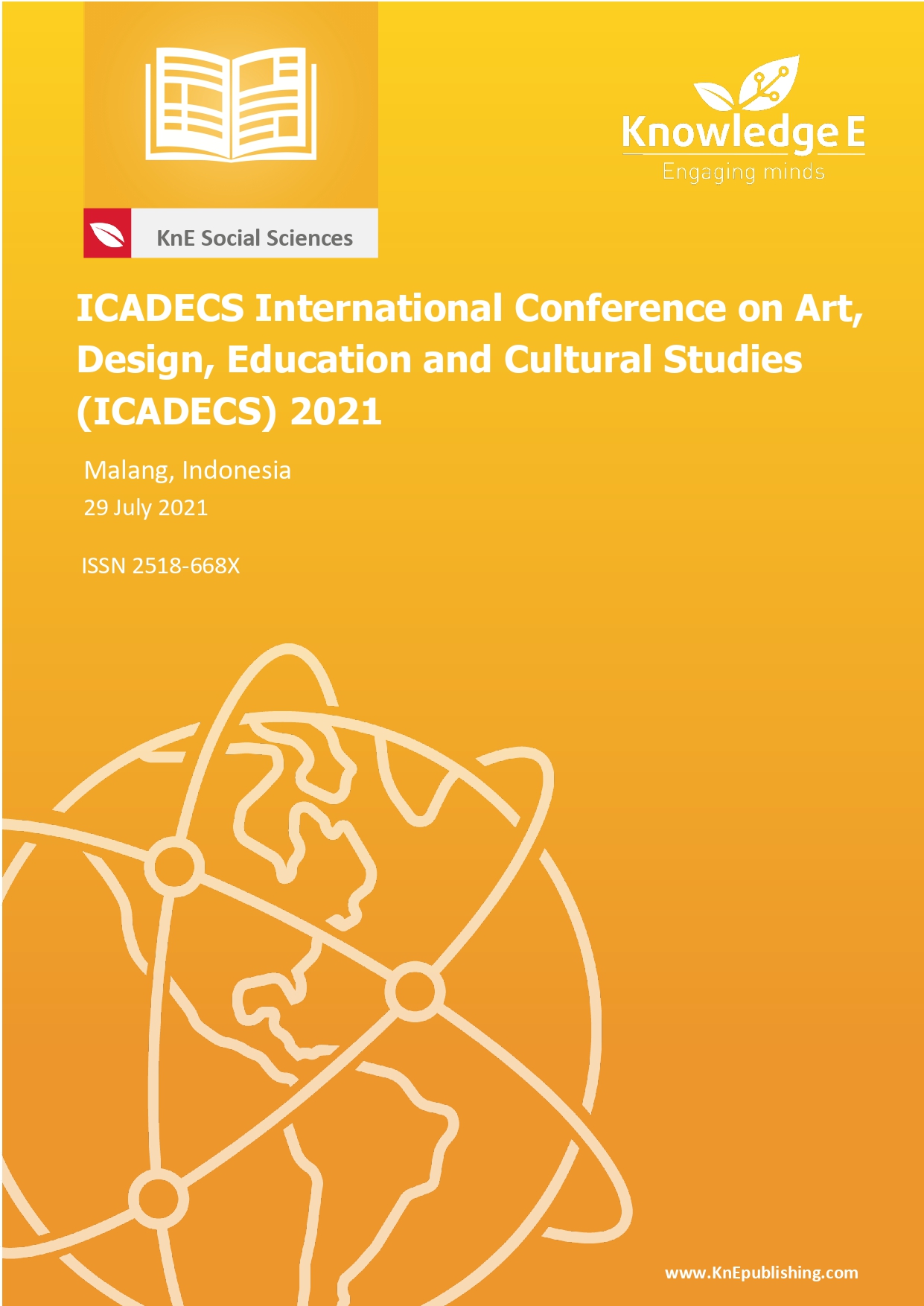The Effect of Advertising on Brand Awareness and the Impact on Decisions to Use Anteraja's Services
DOI:
https://doi.org/10.18502/kss.v7i13.11684Abstract
Anteraja is a delivery service company that was only established in 2019. Anteraja began to be known by the public at the beginning of the Covid-19 pandemic in Indonesia. Unfortunately, this brand does not yet have strong brand awareness among generations X, Y and Z where this generation is known to be very consumptive. With the tagline #PastiBawaHepi, Anteraja must bring happiness in every package delivery to consumers’ doorsteps. Currently, New Media such as websites and applications from Facebook, YouTube and Instagram are widely used to create content that is absorbed by this generation as the largest consumer of internet-based content today. YouTube and Instagram are among the most visited media on digital platforms such as web, android or ios over the past decade. YouTube itself is a video uploading application in the world of social media. Instagram is a photo and video uploading application. In addition to uploading videos and photos, this website and application is also a means for advertising. The purpose of this study was to determine the strategy used in Anteraja’s brand awareness. The method used is a qualitative method by taking data from observations and questionnaires and then identifying what factors are the people’s decisions to use Anteraja’s.
Keywords: anteraja, advertising, brand awareness, generation, social, media
References
[2] A. I. Mulyadi and S. Zuhri, ”Analisis Strategi Brand Image Kedai Kopi “MOENG KOPI” Melalui Media Sosial Instagram,” Jurnal Ilmu Komunikasi , vol. 10, no. 2, pp. 109-124, 2020.
[3] B. Istiyanto and L. Nugroho, ”Analisis Pengaruh Brand Image, Harga, dan Kualitas Produk Terhadap Keputusan pembelian Mobil (Studi Kasus Mobil LCGC di Surakarta),” Jurnal EKSIS, vol. 12, no. 1, pp. 1-8, 2017.
[4] Sugiyono, Metode Penelitian Kuantitatif Kualitatif dan R&B, Bandung: Alfabeta, 2012.
[5] M. Singarimbun and S. Effendi, Metode penelitian survai, Jakarta: Lembaga Penelitian, Pendidikan dan Penerangan, Ekonomi dan Sosial, 1982.
[6] Sugiyono, Metode Penelitian Pendidikan Pendekatan Kuantitatif, Kualitatif dan R&D), Bandung: Alfabeta, 2015.
[7] A. Bencsik, G. Csikos and T. Juhaz, ”Y and Z Generations at Workplaces. Journal of Competitiveness,” Journal of Competitiveness, vol. 8, no. 3, pp. 90-106, 2016.

